Global Oligarchy or Community Self-Governance and Bringing Heaven to Earth, Chapter 5, Part 3
Welcome to the Birthing the Symbiotic Age Book!
NEW here? — please visit the TABLE OF CONTENTS FIRST and catch up!
You are in Chapter 5, Part 3, Global Oligarchy or Community Self-Governance? and Bringing Heaven to Earth
Chapter 5 posts:
Joining the Charity Industrial Complex and Fractal Community Empowerment
From the Charity Industrial Complex to Thinking Outside the Silo
Global Oligarchy or Community Self-Governance? and Bringing Heaven to Earth
Are you trying to figure out where this is All Going? Read an overview of the Symbiotic Culture Strategy, which embodies the Transcendent through the nodes of intersection within local, grassroots-empowered community networks.
Voice-overs are now at the top of my posts for anyone who doesn’t have the time to sit and read! Also, find this chapter post and all previous posts as podcast episodes on
Spotify and Apple!
Previously from Chapter 5, Part 2
The truly “new” world order will not be achieved through any typical “new” social, political, economic, or ecological movements or ideology, regardless of how well-intentioned they seem.
Real change will come when the emerging “countercultural” threads of EXISTING community-based movements (silos) embed a new “weaving and bridging function” (Symbiotic Culture DNA) into their operations that will connect and amplify the good already happening into a new Power for Change — where all these good intentions are gathered under “one big intent” — with a unifying worldview, purpose, and action plan.
A true grassroots and bottom-up global transformation starts in each local community and with every single one of us.
So …what will it be – a global oligarchy or a new global commonwealth that empowers community self-governance?
Chapter 5: Global Oligarchy or Community Self-Governance? and Heaven to Earth — Part 3
Global Oligarchy or Community Self-Governance?
The impulse to depend on governments to solve our national and now global problems is natural. I had seen this seeming universal desire for world government since the early 1980s when many anti-nuclear activists and social reformers were pushing for either a “unitary world government” or some version of “world federalism.”
In a world that had suffered two World Wars in half a century and was in the midst of a cold war that could heat up at any time, this desire for a beneficial world authority was understandable. Most of those seeking a better world really thought that was a great idea, and, given their mindset, it made perfect sense.
Their strategy seemed to be, “Let’s just keep strengthening the United Nations until everybody falls in line.”
I realized that many activists and social reformers, particularly those who are secular rather than religious, put their faith in human structures and systems — if only we had better regulations, better enforcement, a savior politician, or a more powerful external authority for the good.
Those with the best intentions for the greater good can be all too eager to impose their “solutions,” not recognizing that this is just another form of domination.
Inside the Culture of Separation, it’s “natural” for one group to push its narrative or view to seek domination over another. The more “righteous” the cause, the more the end is made to justify the means.
Most aren’t even aware they are using “force.” As those who “know better,” they believe that it’s their job to educate the rest of us until everyone sees things their way. Diverted onto the battlefield, they become oblivious to the power of the Transcendent to unite us through the language of the Heart and its magnetic Power rather than force.
My unique “formation” experience, however, pointed me in a different direction from the activists and reformers who were my peers.
As I mentioned earlier, I was well aware of the pattern identified by Arnold Toynbee and Oswald Spengler regarding the rise and fall of empires.
Our civilization is clearly in decline, evidenced by all the markers—the growing gap between the rich and poor, a decline in caring and concern, increasing materialism and consumerism, and a greater focus on self-serving agendas rather than self-giving ones.
The society “out there”—reflected not just in nation-states on the battlefield but in the whole of global authority that we now can recognize as the “Everything Industrial Complex”—is ultimately a reflection of our consciousness “in here.”
That’s why both Toynbee and Spengler offered the same epitaph of every fallen civilization: “Died of Moral and Spiritual Decline.”
That old saying, “We get the government we deserve,” may sound harsh, but it rings true. We can’t expect our institutions to reflect virtues that we don’t honor and practice in our own lives and in our local communities.
Because we haven’t had visible, successful models of personal self-governance and local governance until now, we habitually look upward and outward for an authority that will fix everything.
We can call this the Charlie Brown Syndrome. In the classic recurring theme in the Peanuts comic strip, Charlie Brown gets ready to kick the football, and Lucy promises not to pull it away. And she pulls it away every time.
The external powers we cede our agency to … that’s Lucy. We are Charlie Brown.
It reminds me of The Who song, “Won’t Get Fooled Again,” critiquing the “establishment” but also the revolution against the establishment - “meet the new boss, same as the old boss!” In this case, meet the new system, which is the same as the old system.
This is how the global oligarchy wins regardless of who occupies the seat of power.
We WILL get fooled again – until we kick the Charlie Brown habit of doing the same things over and over and expecting different results. And that means shifting focus from reforming society to re-forming our own personality, as we recognize change out there begins with change in here.
It’s time to face the reality: All social, cultural, political, environmental, and economic issues are interrelated and have spiritual root causes. Conflicts in societies mirror the battles inside each one of us. As Pogo said, "We have met the enemy, and it is us."
To change our governments and change the world, we have to change ourselves and the real communities that we inhabit at the same time.
It makes no sense to spend time, energy, and resources hoping to make real "change" in large institutions without working concretely on the root of the problem in the sphere of human and community consciousness.
This doesn't mean that we should withdraw from that sphere of social and political life; it is just that the time has come to build up grassroots community consciousness and new institutions in a more long-term and radical undertaking.
And for those who still seek structures to govern us, I have good news!
We already have internal structures leading to self-governance. Just about every religious, indigenous, or secular ethical tradition teaches some version of ‘love thy neighbor,’ the Golden Rule foundational precepts, and universal Virtues.
While our society remains fixated on external fixes, consider Sarvodaya’s radical self-governance, which is based on awakening to pre-existing universal virtues, self-empowerment, self-sufficiency, and mutual benefit.
The more deeply I reflected on how Sarvodaya has been building a parallel culture, society, economy, and politics at the grassroots—incorporating a foundation of Love embodied in individuals, families, and larger community networks—the more the idea of “world government” seemed like a prescription for a new global tyranny.
Until and unless we transform individually and locally, we will only keep reinforcing and recreating the same Culture of Separation globally.
We don’t need more government on a world scale.
We need more government at a human scale—starting with our own internal self-government and then self-governing, self-sufficient local regions acting in alignment with the
Ancient Blueprint.
For me, the Ancient Blueprint is a reverberating pattern emanating from Jesus’ Sermon on the Mount. It has informed visionaries, from Thomas Jefferson to Mahatma Gandhi to Dr. Ari, who all envisioned local self-rule through trustworthy networks on a human scale—a Commonwealth of Village Republics.
This vision and strategy is so simple and uncomplicated that it’s easy to dismiss in this age of siloed experts, particularly techno-utopian or transhumanist ones.
In the West, we tend to believe that we are superior in terms of our science and technology, standard of living, education, lifespan, and more. However, we fail to realize that we have lost the connection to the Transcendent Ground of Being and thus have cut off the “Source of our Being,” the very source of Love and Virtue itself.
In contrast, Dr. Ari and millions of Sri Lankans built a symbiotic culture, society, economy, and politics based on practicing universal Virtues – a successful, scalable, fractal community empowerment movement with a 65-year track record.
In that regard, those “simple” villagers seem much more advanced and civilized than we in the overdeveloped West.
In our “advanced civilization,” it’s easy to miss the value of virtues. To me, they’re not just “nice ideas” or even just a philosophical study in “virtue ethics.” Virtues are foundational to the nature of reality itself, as I have experienced them as Transcendent Energies — they help us organize and unify our personalities so that we can love and care for each other.
Cultivating these virtues is essential for us to become unifiers and " space-holders” in our communities, facilitators for weaving and Connecting the Good.
That’s why I recognized Sarvodaya as a reflection of the Ancient Blueprint and spent the next thirty years working to translate its principles into Western culture. More than ever, I appreciated the work Dr. Ari was doing in Sri Lanka because communities empowered themselves from the grassroots up and individuals from the inside out.
Nowhere in either of the two nonprofits I headed was there even the faintest notion of cultivating the inner resources of individuals or networking with the local community so that the entire community would benefit.
Nobody thought of it. And why would they?
The Culture of Separation – and its “propaganda” arm, the legacy media – diverts us from seeing any meta-view or any root cause. Instead, we are channeled into a narrow selection of approaches (the so-called left-wing or right-wing ones) and are taught to “stay in those lanes.”
Self and community empowerment are not on their agenda.
Dr. Albert Schweitzer, winner of the 1954 Nobel Peace Prize for his philosophy of "Reverence for Life," shared this poignant truth almost seventy years ago!
If ever there were a movement that “relies on truth” and communicates and connects, individual to individual, heart to heart and community to community, Sarvodaya is it!
Most importantly, Sarvodaya, as we will learn in the next section, has developed a “parallel society,” a national network of strong regional economies, that offers a model for not just survival but “thrival” as the larger global system fails to meet common human needs. Even the possibility of such a parallel society is not only “outside the lane” of the Culture of Separation; it’s not even on the highway.
In contrast with the Culture of Separation, Sarvodaya is literally a Culture of Connection.
I believe this quote from Mahatma Gandhi’s associate, Vinoba Bhave, bears repeating: “We do not aim at doing mere acts of kindness, but at creating a Kingdom of Kindness.”
That sentiment resonated deep down in my own experience and in my soul.
Bringing Heaven to Earth — A Kingdom of Kindness
As we approach the end of Section I of this book, I’d like to review the aspects of my own “formation” that established my connection to the Transcendent Ground of Being, Logos, the Ancient Blueprint for a New Creation – the foundation for my life trajectory, life’s calling, and dare I say my “ministry” and work.
I present this to you, dear reader because my lessons and understandings point us toward a new form of self-organizing, fractal community empowerment — uniting to Connect the Good in whatever neighborhood, community, or region we find ourselves.
First, my luminous encounters, which began at the age of twelve and continued throughout my teenage years and early adulthood, gave me a living, embodied experience of the Luminous Web, the Logos, as an ordering principle, an Ancient Blueprint—an operating system for a truly new creation, something any of us can experience and learn from.
This experience was above and beyond any philosophy, theology, or belief. I didn’t have to believe it was real; I KNEW it existed from my own embodied and lived experience. Even though I didn’t see much evidence of a “kingdom of kindness” in society at the time, I could feel it and live that way without waiting for others to change.
Next, I recognized Nature’s Web as a reflection of the luminous and Transcendent, the Logos — and Nature itself as a self-organizing, emergent Great Chain of Being; each level of complexity is seen as nested parts/wholes inside one another.
As you may remember from Chapter 2, Arthur Koestler used the word “holon” to describe how something can be whole but also a part of something larger and contain smaller parts.
For example, humans are part of larger systems—the various “tribes” or communities of humanity, the natural world, the solar system, the Milky Way galaxy, etc. And we consist of smaller organizations like organ systems, organs, cells, all the way down to atoms, subatomic particles, and quarks. It became clear to me how this natural “growth hierarchy” up and down the great chain of being was radically different from human-constructed, vertical, top-down, siloed, divide-and-rule “dominance hierarchies.”
A forest ecosystem doesn’t need a foreman or boss. There’s no “Pharaoh of Nature” telling the slaves and workers how to build the pyramids – or the rain forest. Life is a 3.5-billion-year mystery, first experienced as single-celled organisms, then multi-celled ones like us, then creatures with nervous systems, and then human beings with self-reflective consciousness, becoming aware that we have our origin in and are part of a Great Transcendent Mystery.
Now, this self-reflective awareness points us towards the next stage in human cultural evolution, what I have called “cultural symbiogenesis,” where all our systems of organization for getting things done now can reflect our interrelatedness and rest firmly on a Transcendent Ground of Being.
Now that’s a miracle!
For 3.5 billion years, nature has been building self-organizing systems with ever-evolving complexity. Now we get to participate consciously in co-creation, or as St. Maximus the Confessor said, to “Unite the Cosmos in Love,” to bring that which has been separated back together.
So why is this important?
Because a key part of my “formative” development was the question, “If Nature and creation itself reflect the Luminous Web and are so elegantly self-organizing, with webs of interdependence and interconnection, why is human society so out of whack, fragmented, and divided into warring tribes and competing silos?
What is it that will get us back ‘in whack’?”
Further, how can we solve and evolve the 3,000-year-old “silo problem,” where the only way humans seem to get work done and coordinate action results in tribal separation, siloed organizational structures, and dominance hierarchies, based on “divide and rule” even at a local community level?
One of the clues came through my apprenticeship with Doña Catalina, whose worldview was able to encompass and integrate her indigenous roots as well as a traditional Christian perspective. I began to recognize that these perspectives didn’t need to be contradictory but rather showed me a “radically inclusive” approach that could bring more of our resources to bear and also help us heal the 400-year-old breach between Science and Spirit.
Having been shown a radiant vision by Jesus, Sarvodaya reminded me that the “kingdom of heaven” is above and beyond religion and non-religion—that the idea “Jesus sends me a Buddhist” is not a contradiction but an affirmation.
Given what we now know about how the early Christians sought to build a loving, countercultural parallel society within the Roman Empire, this is remarkably similar to Sarvodaya, where the practice of virtues far exceeds the preaching.
Meanwhile, inside the Culture of Separation, Christianity – as with other institutionalized religions – seems to have been “domesticated” and fallen in line behind the “empires of man.”
Instead of domesticating the Transcendent Power, the Logos — Sarvodaya lives and embodies it.
In this sense, Jesus really did send me a Buddhist – in the form of Dr. Ari and Sarvodaya, practicing “heaven” as a part of daily life.
In a world where most people are disconnected from the Transcendent Ground of Being, from the natural world, and from each other, the Sarvodaya Movement consciously and intentionally cultivates a spiritual connection to the Luminous Web.
The down-to-earth building projects in these previously agrarian villages, many now towns, inexorably are connecting people to the Web of Nature and to each other, working for mutual benefit.
Having seen how the “charity/or everything industrial complex” offers a paternalistic “help the less fortunate” approach, I recognized how Sarvodaya’s self-empowerment model is an all-important step toward helping all of us become “more fortunate”—true personal and community self-governance that is a fractal of worldwide self-governance.
I began to see a vision take form and the way to activate a global Culture of Connection like the vision I was shown by Jesus—a spiritually based, bottom-up, network-centric global civilization, a new Commonwealth—as an alternative to the top-down economic globalization of warring nation-states we have today.
It could begin in the communities where we live and the places we inhabit, a human-based living network that reflects and emulates the Transcendent and Nature’s Web. It would not be a pie-in-the-sky fantasy, but given the expansive potential and simplicity of symbiotic networks and their nexus agency, it could be an on-the-ground real deal.
I saw this as a “fractal evolution,” beginning with individuals embodying the Transcendent Virtues in their daily lives, spreading outward through circles of trust and newly created nodes of intersection within local, grassroots-empowered community networks—a living and breathing “real-life” Culture of Connection!
I began to realize a practical approach that anyone, anywhere, universally could, starting with themselves, consciously and LITERALLY bringing Heaven to Earth in ever-widening circles of Love, whose combined networks would UNDERGROW rather than overthrow the global oligarchy of the current world system.
I saw how such a Culture of Connection worked in an underdeveloped, mostly Buddhist country like Sri Lanka and made just the beginnings of inroads in a Western, low-income neighborhood in San Diego, California.
Could it work more broadly in another Western, pluralistic, middle-class, mid-sized city like Reno, Nevada? I was about to find out.
Find out in the NEXT POST — Chapter 6, Part 1: Building a Virtuous Economy
PREVIOUS POST
TABLE OF CONTENTS
NEXT POST




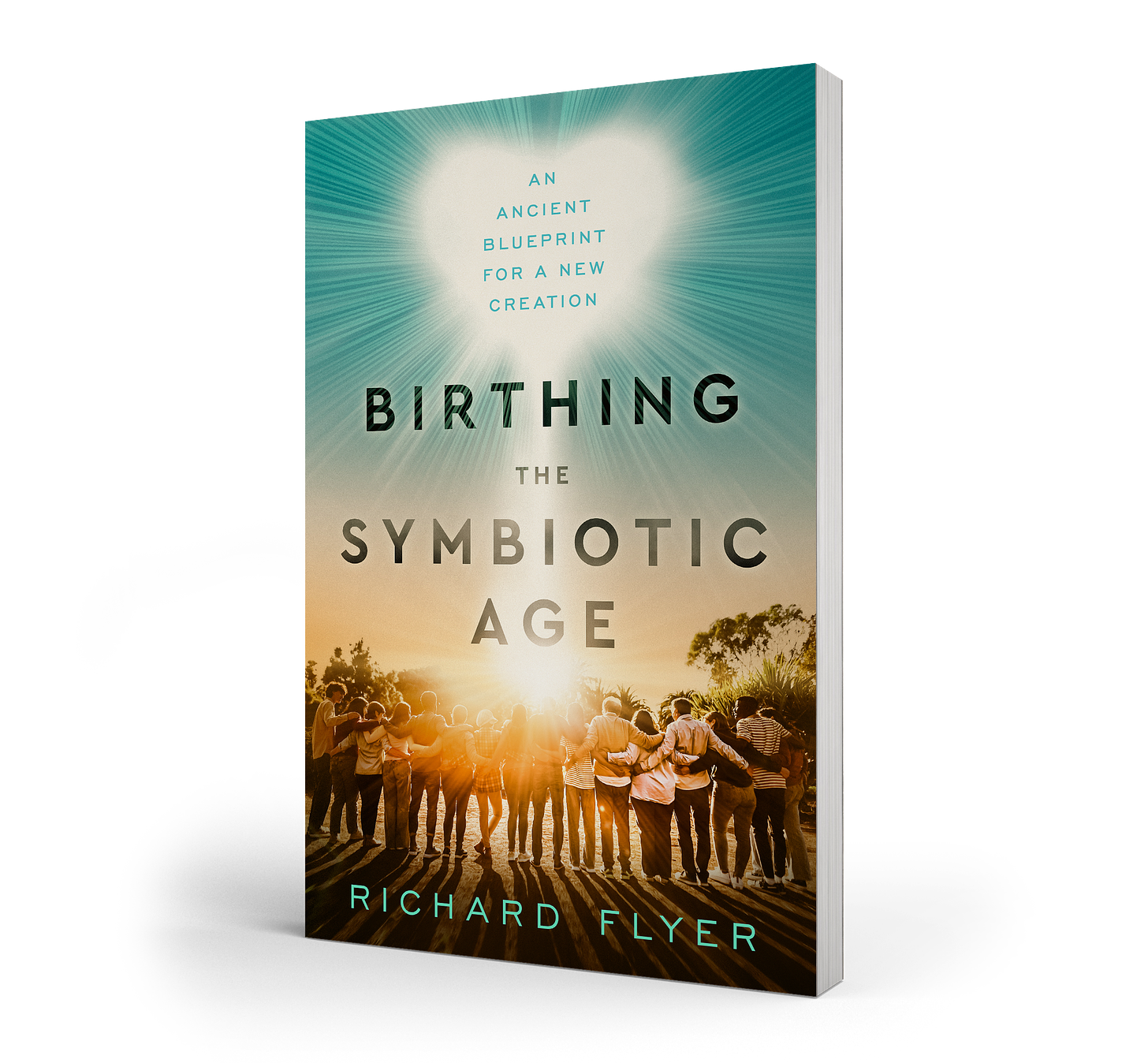
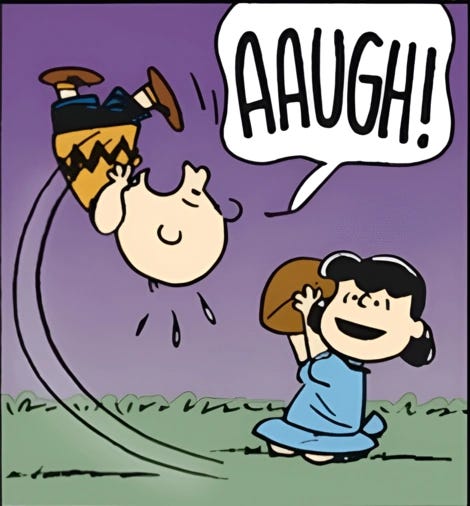

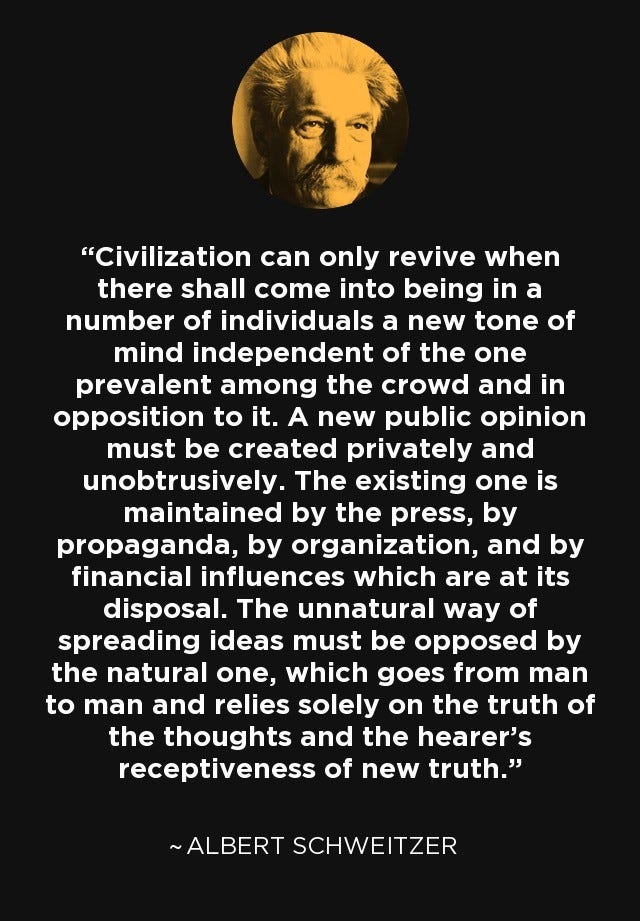
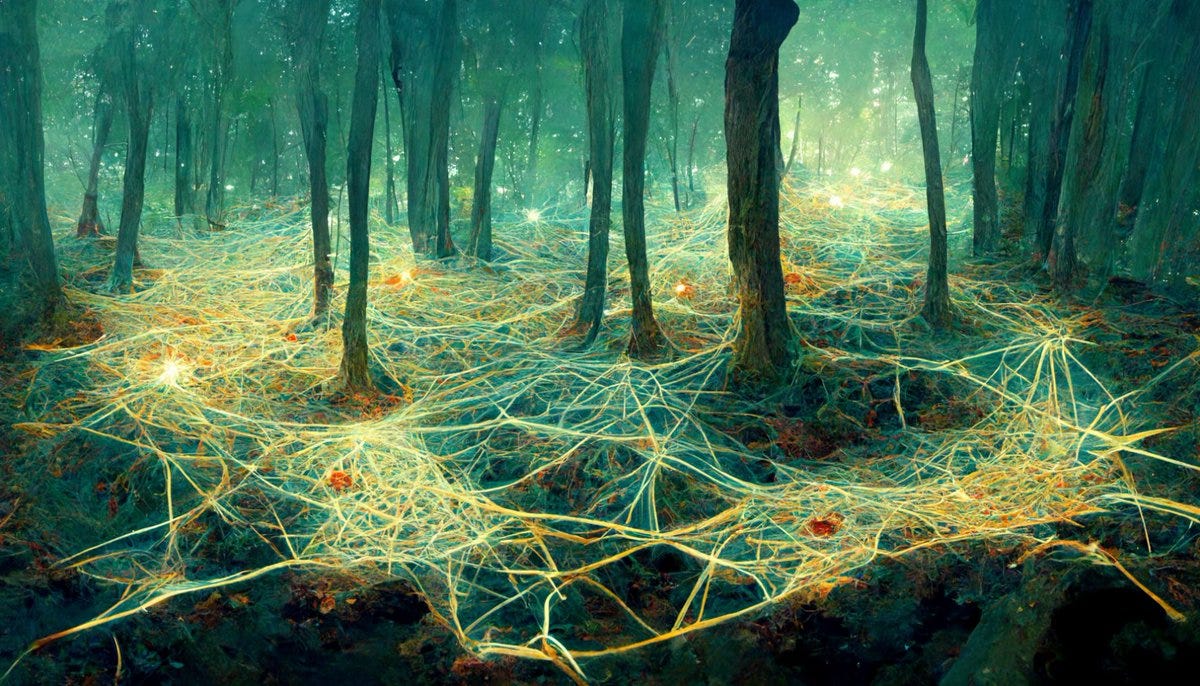
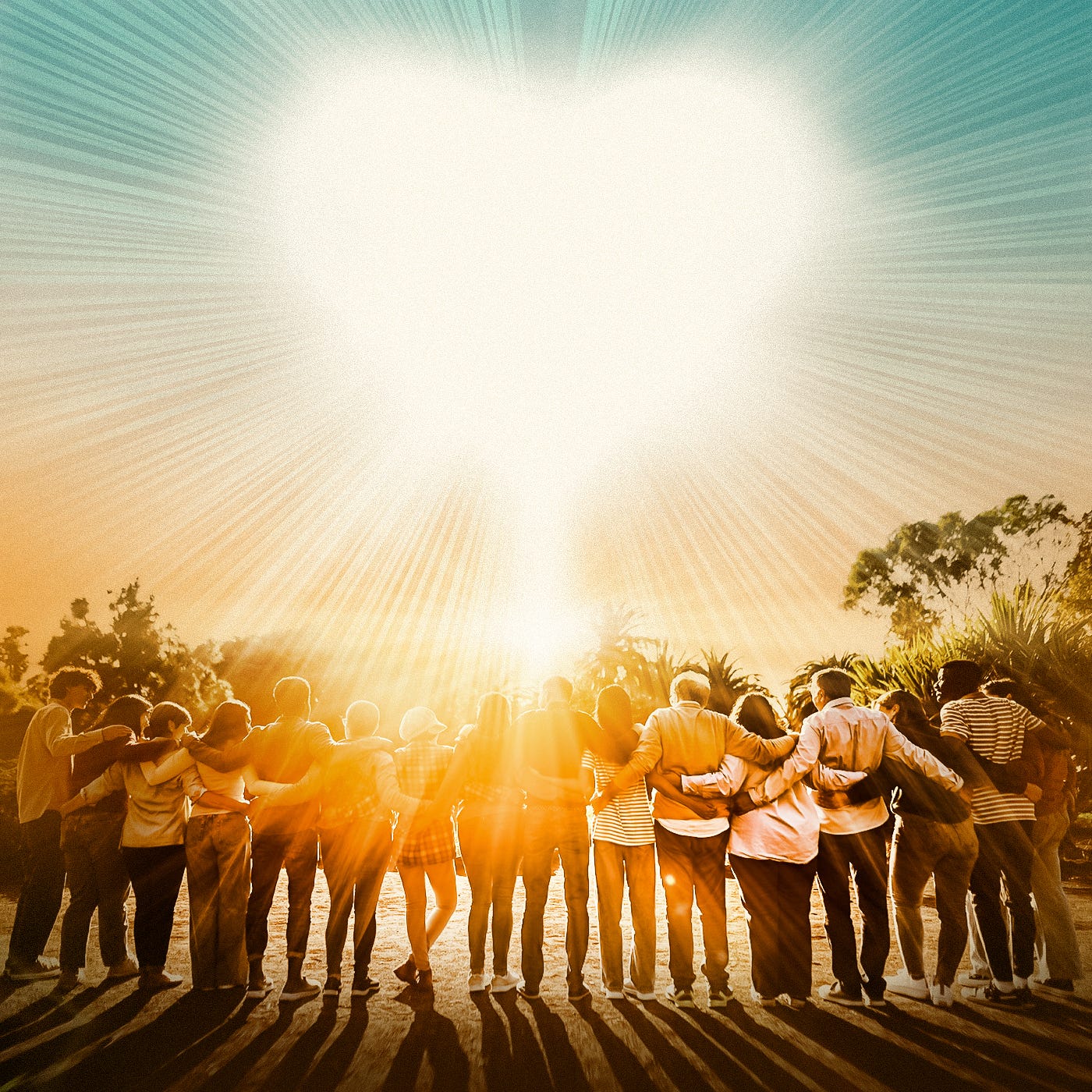
“The society “out there”—reflected not just in nation-states on the battlefield but in the whole of global authority that we now can recognize as the “Everything Industrial Complex”—is ultimately a reflection of our consciousness “in here.” “
Nailed it 😊
Are you”we” -“Bringing heaven to earth” or are we choosing to live it?